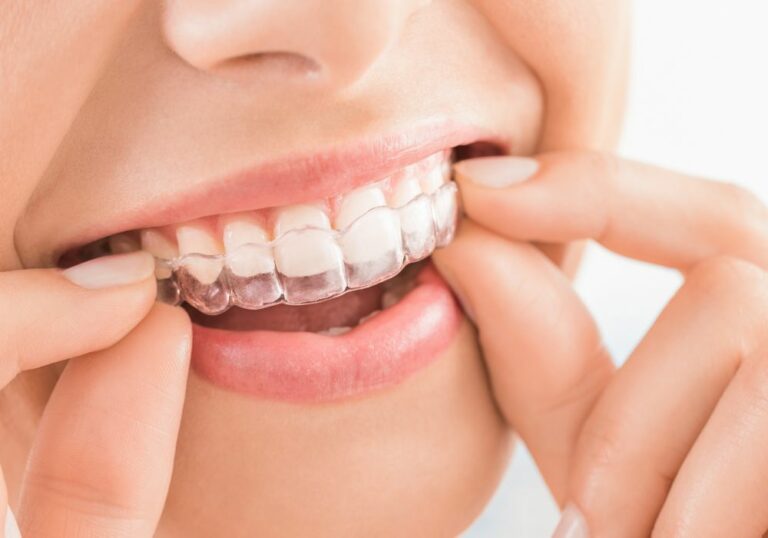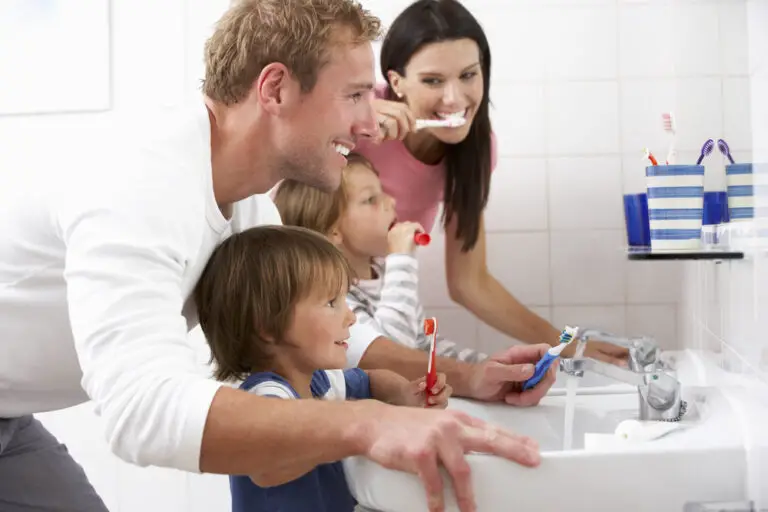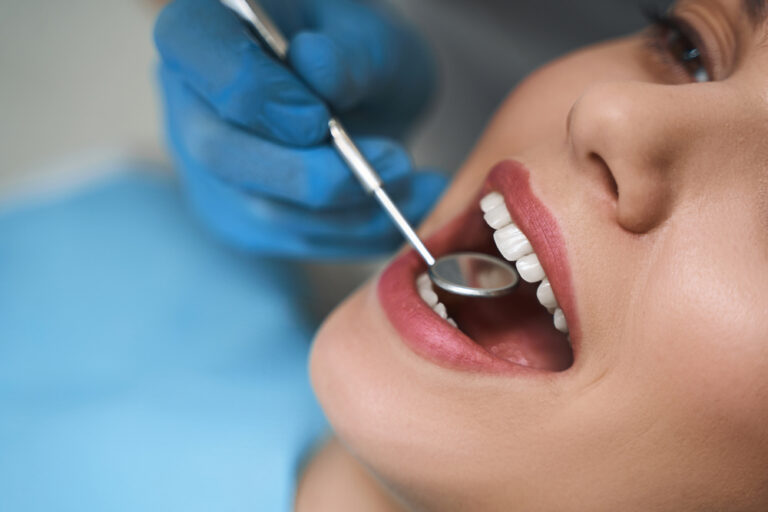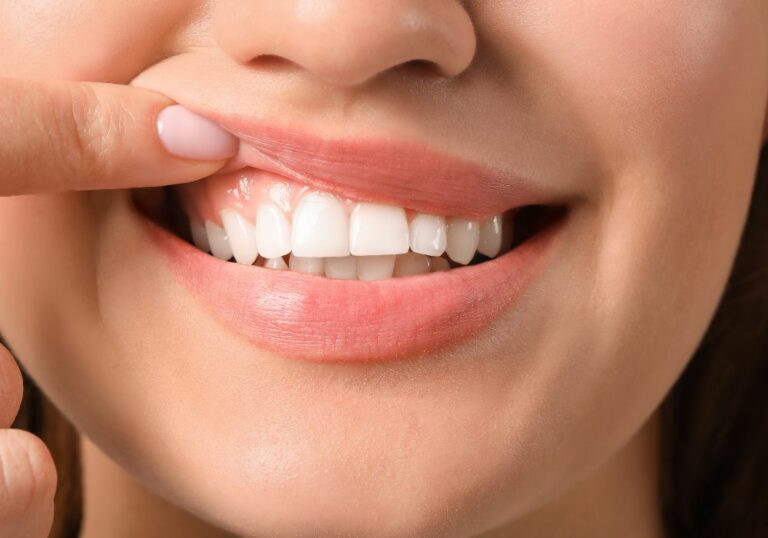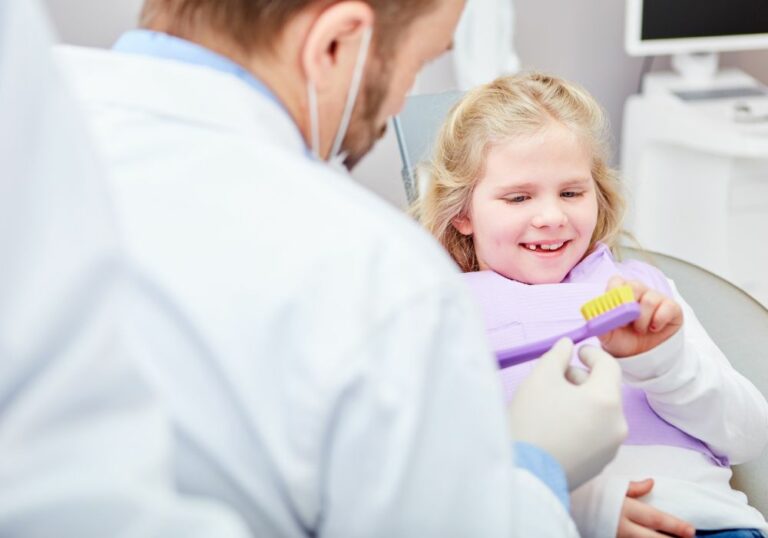Dental care is crucial for dogs to prevent plaque buildup, tartar formation, and periodontal disease. Veterinarians typically recommend cleanings under anesthesia to thoroughly clean above and below the gumline and take dental x-rays. However, some owners may ask – can vets clean teeth without anesthesia?
There are some pros to non-anesthetic cleanings, but significant limitations as well. This article will examine the process, effectiveness, risks, and appropriate candidates for professional dog teeth cleanings without anesthesia.
The Importance of Dog Dental Cleanings
Before considering anesthesia-free options, it helps to understand why professional cleanings are so important for dog oral health.
Plaque is a sticky film of bacteria, food particles, and saliva minerals that coats the teeth. If not removed regularly, plaque hardens into tartar which builds up above and below the gumline. Tartar is porous and attracts even more bacterial growth, leading to infection and inflammation of the gums aka gingivitis.
Left untreated, gingivitis spreads deeper below the gumline affecting the periodontal ligament and tooth roots. Eventually the bone and other tooth supporting structures are destroyed, causing loose teeth, abscesses, and tooth loss. This advanced stage is called periodontal disease.
Professional cleanings allow complete removal of plaque and tartar above and below the gums. A multi-step process is used:
- Supragingival cleaning – Removal of visible tartar above the gumline via scaling and polishing.
- Subgingival cleaning – Deep cleaning below the gumline to remove hidden tartar using specialized tools.
- Root planing – Smoothing roughened root surfaces.
- Dental radiographs – X-rays check for bone loss, damaged teeth, and abscesses.
- Polishing – Final polishing leaves smooth, plaque-resistant tooth surfaces.
This thorough cleaning halts disease progression and allows inflamed gums to heal. Follow-up homecare is needed to prevent rapid plaque redevelopment.
Pros and Cons of Non-Anesthetic Dog Teeth Cleaning
Cleanings without anesthesia involve only supragingival scraping and polishing of visible tartar. This has advantages and disadvantages:
Potential benefits:
- Avoids risks of anesthesia
- Lower costs
- Quicker procedure time
- Option for dogs who cannot undergo anesthesia
Disadvantages:
- Cleans only above gumline, not below it
- Cannot fully clean all tooth surfaces
- No dental x-rays are taken
- Stressful for dogs and difficult to fully clean teeth
- Does not treat periodontal disease already present
There are clearly major limitations to non-anesthetic cleanings. While they can benefit some dogs, anesthesia is needed for optimal dental health in most cases.
Non-Anesthetic Professional Dog Teeth Cleaning Process
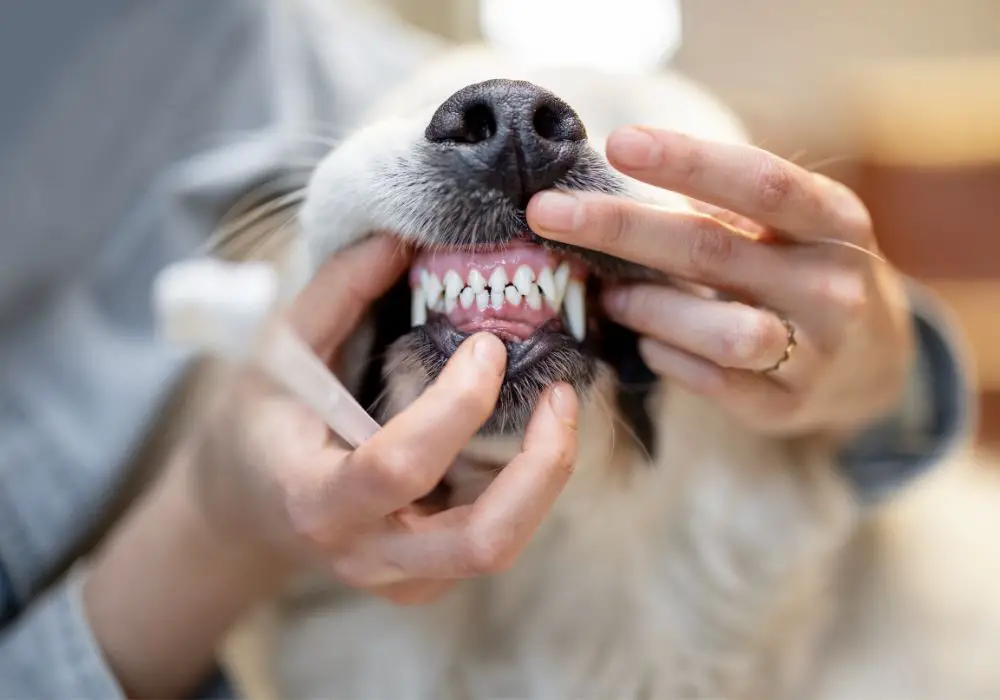
The typical process vets follow for awake dog dental cleanings is similar to a regular human teeth cleaning appointment.
Pre-cleaning exam
The vet performs a complete oral exam noting any signs of disease and assessing tartar levels. Probing around teeth checks for looseness or receding gums.
Positioning
The dog is gently positioned in side or seated position. Mild sedation is sometimes used. A mouth speculum holds the mouth open.
Supragingival cleaning
Tartar on the visible tooth surfaces is scraped away using hand scaling tools or an ultrasonic scaler. Water spray flushes away debris.
Brushing & polishing
Teeth are polished smooth using a rotating cup polisher with paste. A finger brush helps clean plaque.
Oral rinse
An antiseptic rinse solution is applied to the teeth and gums to reduce bacteria.
Post-cleaning exam
The vet re-examines the teeth and notes any problems requiring further treatment such as extractions.
Since x-rays cannot be taken, full assessment of tooth roots and bone support structures is not possible. For dogs with moderate to severe tartar buildup, the vet will likely recommend an extraction and anesthetic cleaning.
Effectiveness for Dog Dental Health
How effective are professional cleanings without anesthesia for dogs?
Non-anesthetic cleanings only remove the visible tartar above the gumline. This:
- Helps reduce bad breath
- Temporarily slows additional tartar formation
- Reduces some plaque bacteria and associated gingivitis
However, they do not fully eliminate infection under the gums which causes periodontitis. American Veterinary Dental College estimates awake cleanings only remove 10-50% of plaque and tartar compared to near complete removal with anesthesia.
Reduced tartar buildup can buy some time before anesthesia is required. But for dogs with existing periodontal disease, the disease will continue to worsen without deep subgingival cleaning, x-rays, and extractions as needed.
Think of awake cleanings as light surface cleaning like wiping down a dirty counter. Anesthetic cleanings are deep disinfecting cleaning like scrubbing a floor with chemicals to sanitize it. One helps temporarily reduce grime, but only the latter truly disinfects and restores health.
Risks and Downsides
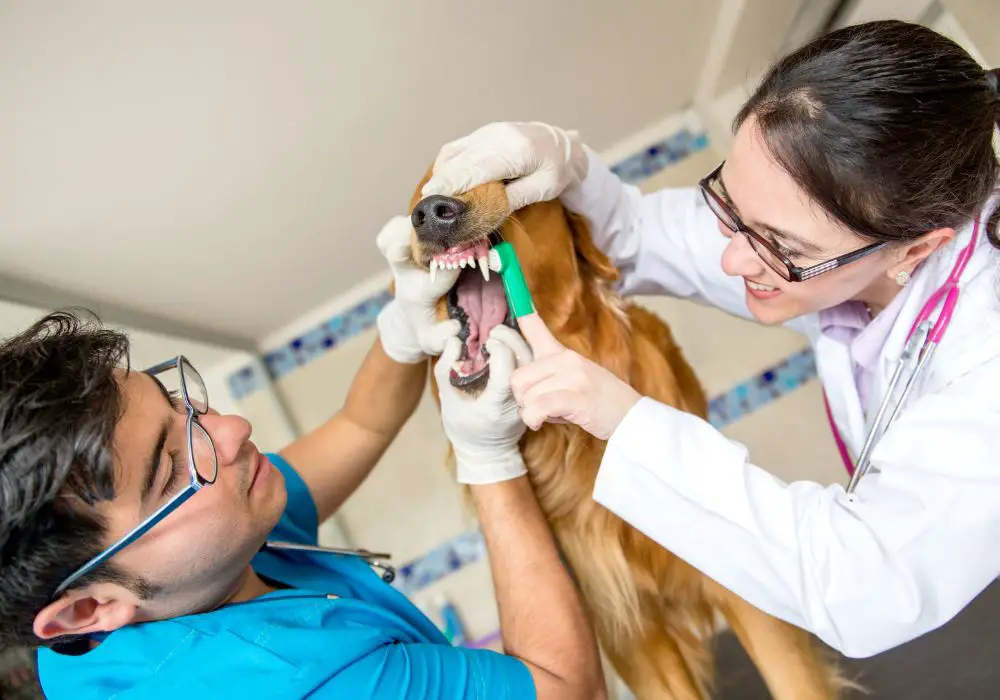
Risks associated with non-anesthetic professional dog teeth cleanings include:
Incomplete cleaning – Cannot thoroughly clean each tooth surface nor below the gumline. Tartar and disease remains.
Discomfort – Dogs may experience pain from supragingival scraping while awake.
Tooth injury – Movement during cleaning can lead to accidental enamel damage from tools.
Underlying issues missed – Lack of dental x-rays means problems like abscesses go undiagnosed and untreated.
Bacteria release – Removing some tartar without treating under-gum infection can release bacteria into bloodstream.
Repeated procedures needed – Cleanings only have temporary benefits so they must be performed frequently, increasing costs.
Anesthetic still required later – Most dogs eventually need deep anesthetic cleanings and extractions when disease worsens. Money spent on awake cleanings could have gone towards anesthesia.
These risks mean non-anesthetic cleanings work best for healthy adult dogs under 10 years old with very mild tartar buildup and no signs of advanced periodontal disease. They help reduce surface grime, but do not treat or prevent disease progression in most dogs with existing dental issues.
Appropriate Candidates for Non-Anesthetic Cleanings
The American Veterinary Dental College provides these general guidelines on appropriate candidates:
Good candidates:
- Dogs under 10 years old with mild tartar buildup and no gum recession or loose teeth
- Dogs for whom anesthesia and x-rays pose too high of a health risk
- Anxious dogs that cannot tolerate anesthesia
Poor candidates:
- Puppies under 1 year old
- Dogs with signs of periodontal disease including red, swollen gums, receding gums, pocketing around teeth, and tooth mobility
- Dogs with other health risks making anesthesia safer than repeated awake cleanings
The risks outweigh benefits for using non-anesthetic cleanings on dogs with anything beyond mild surface tartar or pre-existing dental disease. A full oral exam by a vet determines the best option.
Sedation Does Not Replace Anesthesia
Sedation is sometimes used to calm dogs during awake cleanings. But sedation alone does not enable thorough tartar removal, x-rays, pain prevention, or access below the gumline.
Sedation plus non-anesthetic cleaning provides almost no benefits beyond just an awake cleaning. Yet costs can approach those of anesthesia.
Owners are usually better served using that money to pay for extractions or a full anesthetic cleaning to fully resolve dental problems. American Veterinary Dental College states anesthesia is required for appropriate treatment of dental disease.
Maintaining Dog Dental Health
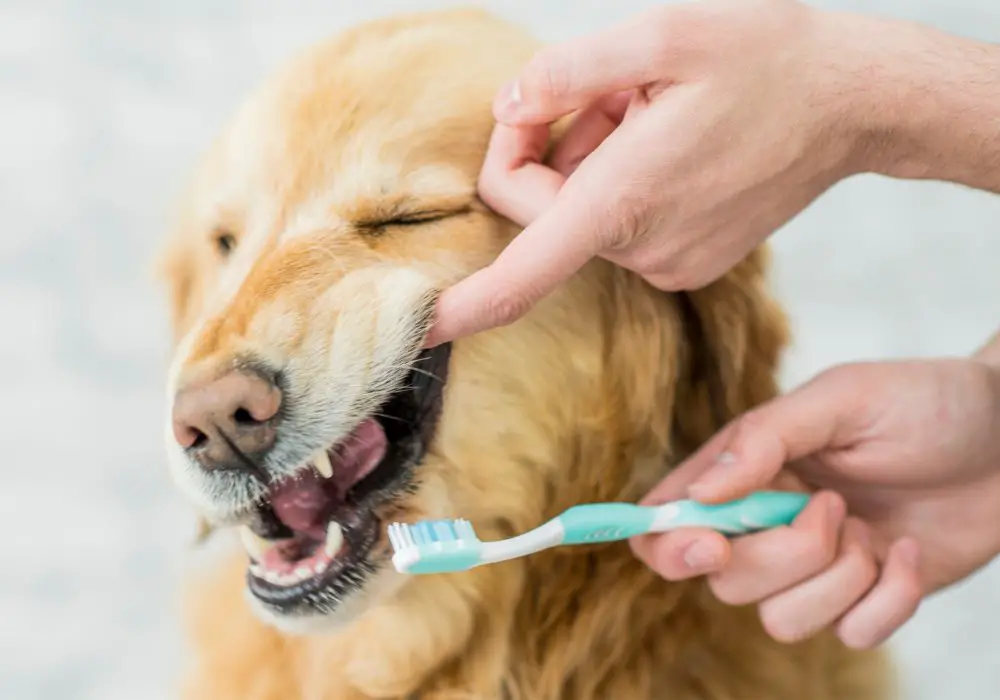
While professional cleanings are ideal, owners can help maintain dental health at home between vet visits:
- Brushing – Regular brushing of dog’s teeth helps slow tartar accumulation.
- Dental chews – Chewing nylon bones and treats helps mechanically clean teeth. Look for VOHC-approved products.
- Diet – Dry kibble or dental diet kibbles help scrape teeth clean as dogs chew. Avoid soft, sticky foods.
- Water additives – Oral rinses added to drinking water prevent some plaque adherence.
- Regular oral exams – Have your veterinarian inspect teeth at least annually. Schedule anesthetic cleanings as needed.
With diligent home dental care, many dogs can go 1-2 years between deep professional cleanings. But most still require anesthesia periodically based on their individual risk factors.
Conclusion: Should You Get Non-Anesthetic Teeth Cleaning for Your Dog?
- Non-anesthetic cleanings provide temporary benefits by removing some visible tartar above the gumline.
- They do not treat existing periodontal disease or allow thorough cleaning and x-rays like anesthetic procedures do.
- Awake cleanings are generally only appropriate for dogs under age 10 with very mild tartar buildup and healthy gums.
- For dogs with signs of dental disease like inflamed gums, loose teeth, or heavy tartar, anesthesia remains strongly recommended for proper treatment.
Talk to your veterinarian about whether your individual dog is a candidate for cleanings without anesthesia or if they will benefit more from thorough cleanings under sedation or anesthesia. Combine professional cleaning as needed with daily home dental care for optimal canine oral health.
Frequently Asked Questions
Q: How expensive are non-anesthetic dog teeth cleanings?
A: Costs typically range from $100-$300 depending on the provider and extent of tartar removal needed. Full anesthetic cleanings with x-rays run $500-$1,500 or more.
Q: Should teeth be cleaned before extracting them?
A: Yes, the vet will fully clean and assess all teeth first to determine which specific ones require extraction. Extractions are always done under anesthesia.
Q: Can my regular vet do non-anesthetic cleanings?
A: Both general practice vets and dental specialists can perform cleanings without anesthesia. But veterinary dentists have more advanced training and tools.
Q: How long do awake dog teeth cleanings take?
A: Non-anesthetic cleanings usually take 30-60 minutes depending on tartar buildup. Full anesthetic cleanings often take 2 or more hours.
Q: Should puppies get their teeth cleaned?
A: Puppies do not require professional cleanings until age 1-2 years when permanent teeth erupt. But brushing puppy teeth daily prevents future problems.

